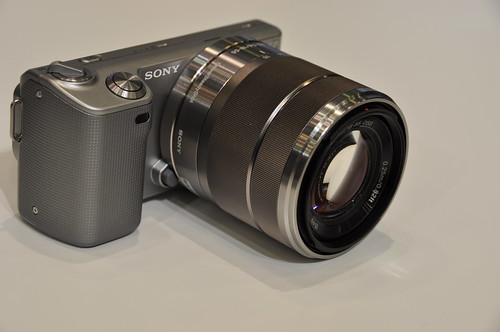It does not make much sense to qualify stitching applications by their speed. !! But for the fun of it I compared the render time for 1 project in Autopano Pro and PTGui (both in Windows XP and Ubuntu 10.04 on the same hardware, Core 2 Duo 8300 @ 2,4Ghz).
Source Images:
12 images (Panasonic MDC FZ28, F5, 1/800s, 9.8mm)
Autopano Pro in Ubuntu (native): 3'34
Autopano Pro in Windows (native): 5'09
PTGUI in Ubuntu (Wine): 2'25
PTGUI in Windows (native): 3'05
Result file: ~14.5 MB JPG , ~15659 x 3925
Remarks:
- All default settings used.
- I also tested a virtual Windows XP in Virtualbox for Ubuntu, but the timing were much longer (using only 1 virtual CPU).
- The test above are in no way a re objective reference or whatsoever. It wont give you any advice what product is better based on timings.Is merely showing you you get more performance with Linux ! Most important is stitching quality and ease of use !
- When using batch stitching it does not matter if it takes 10 or 12 minutes (or any other time) because you can leave it running over night(s).
- For serious large gigapixel projects you need to operate in different scales. To stitch 100's of images in one project you need lots of memory and CPU horsepower if you want to render in reasonable amount of time.




























